The holidays are over, and a chill is settling in around much of the United States, with snow storms, gloomy short days, and long dark nights. With “Blue Monday” – the third Monday of January and allegedly the gloomiest day of the year – coming up, and many of us in a Dry January-fueled social desert, we’re all looking for ways to brighten up an otherwise kinda meh month.
Planning a trip – preferably somewhere warm – has always helped me combat the winter blues. Even if I don’t take the trip in January, planning for summer-like weather is enough to keep me in a sunny frame of mind.
As an avid outdoor adventurer and National Park lover, I was interested to see when I could visit some of my favorite US National Parks for warm summer-like weather year-round. I looked at average monthly temperatures for each park, only including a park when it reached highs between 70 and 85 degrees Fahrenheit. Of course, averages are just that – I’ve experienced snow and a heat wave in the same month in Glacier National Park, for example – but this is an excellent place to start planning for the snowbirds among us.
Here is where I would go each month of 2024, what to do when you’re there, and where to stay.
JANUARY — Virgin Islands – St. John, USVI
Average high and low: 80°/78°
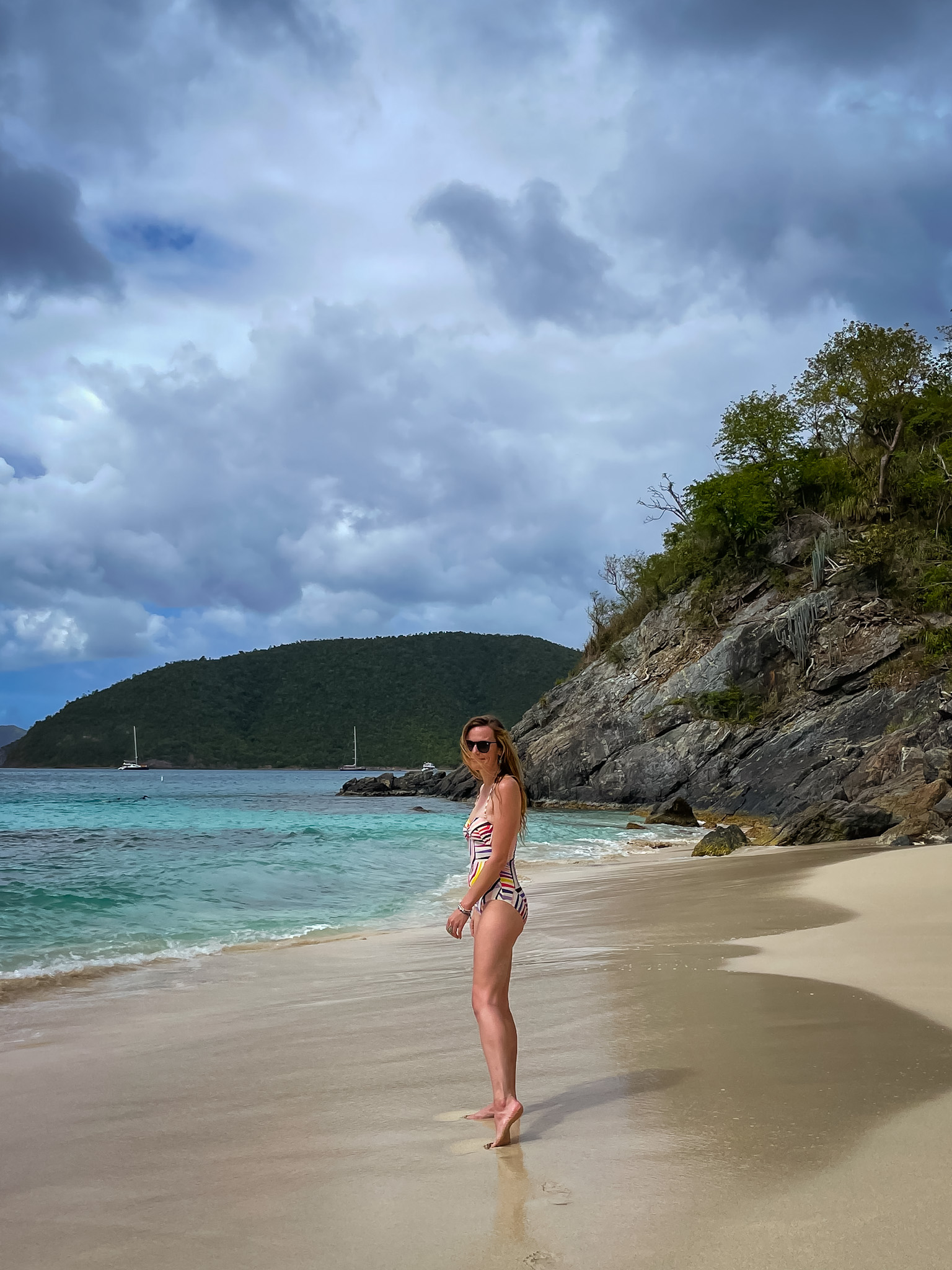
What to do:
Virgin Islands National Park is a paradise, with incredible white-sand beaches, clear water, and lush rain forests. Situated over much of St. John, a trip to the park can be as relaxing or adventurous as you choose. I recommend spending time on Trunk Bay Beach and Cinnamon Bay Beach, visiting Annaberg Plantation, hiking Salt Pond Bay and Ramhead Trails, and making advance reservations to get out on the water with one of the many boating outfits (preferably one that stops for drinks and tacos at Lime Out VI).
Where to stay:
There are many options for accommodations on St. John, or you can stay in the larger St. Thomas and take the quick ferry to the park.
FEBRUARY — Haleakala — Maui, Hawaii
Average high and low: 78°/63°
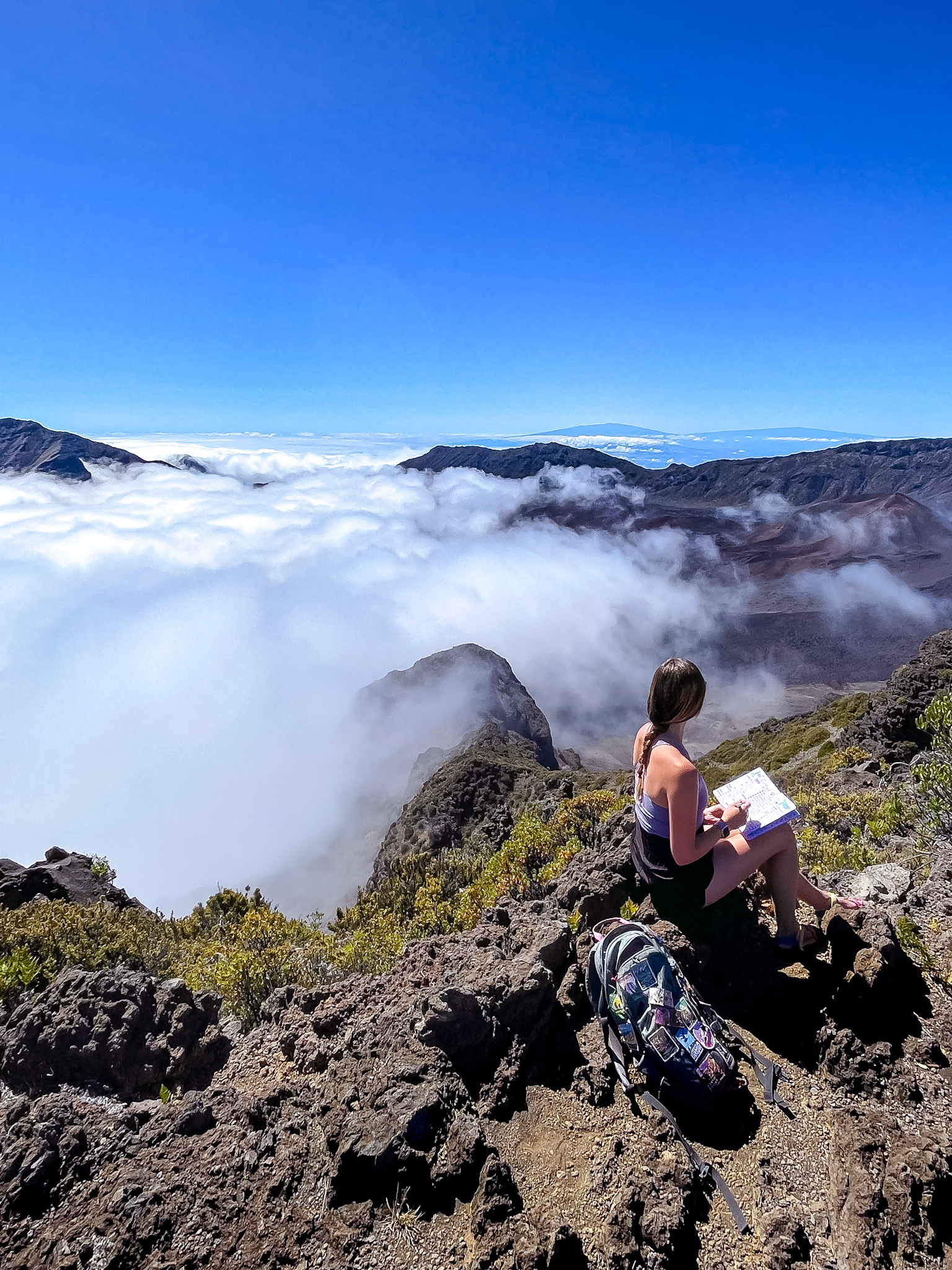
What to do:
Haleakalā National Park on Maui is stunning, with plenty of hikes in its two districts to keep your heart pumping. But what many people visit the park for – and I also recommend adding to the top of your list – is to witness sunrise or sunset atop the 10,023 ft summit. The third largest volcano in Hawai’i, the views are stunning and unlike any experience you’ve likely had before. Often, rising above the clouds during your drive to the summit is an otherworldly experience that needs to be on your bucket list.
Just be aware that reservations are necessary to enter the park for sunrise between 3 and 7 am. No reservations are needed for sunset, but get there early!
Where to stay:
Haleakalā is on Maui, so your options for lodging are very extensive. There is camping within the park if you travel with/rent gear at Hosmer Grove Campground Kīpahulu Campground and historic cabins that are available to rent.
MARCH — American Samoa
Average high and low: 85°/74°

What to do:
Getting to American Samoa – over 4,700 miles from LA – is part of the fun. Once you’ve reached Pago Pago, on the island of Tutuila, head to the National Park to hike Pola Island Trail, Mount ‘Alava, or Lower Sauma Ridge Trail. The park is across four separate islands – Ofu, Olosega, Tutuila, and Ta‘ū – so if you have the time, visit another.
Where to stay:
There are a few options on the main island of Tutuila. The most popular are Tradewinds Hotel – and Sadies By The Sea. I loved staying at Tradewinds Hotel, which also rented me an SUV during my stay, and hopping over to the restaurant at Sadies By The Sea for drinks and food. I’d love to stay at Tisa’s Barefoot Bar’s beachfront Eco-Fale on my next visit.
APRIL — Big Bend — Texas
Average high and low: 84°/56°
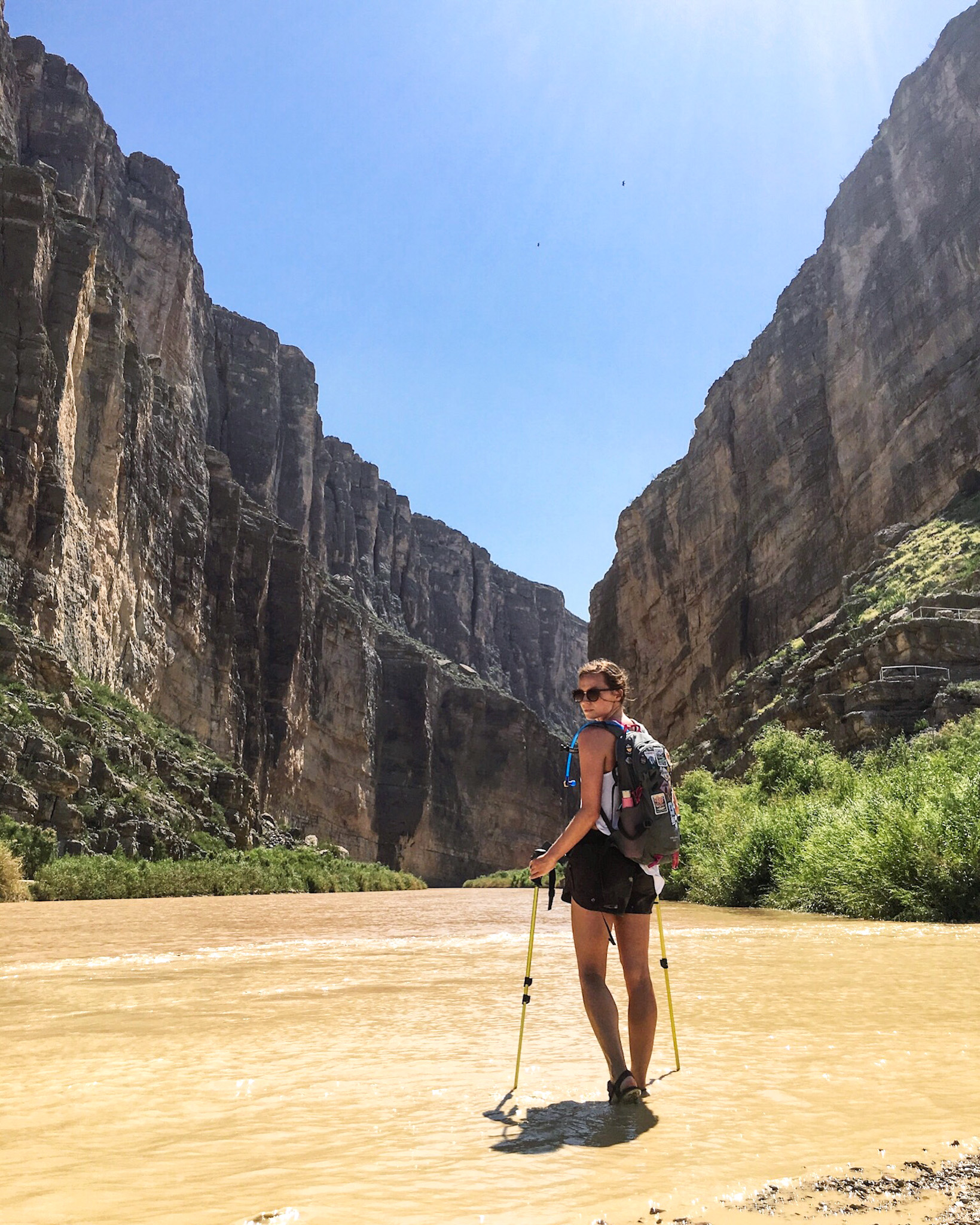
What to do:
Like everything in Texas, Big Bend National Park is large. At 1,252 square miles, the park is larger than the entire state of Rhode Island – so you have plenty of options for your visit. Hike Lost Mine Trail, Santa Elena Canyon Trail, and Boquillas Canyon Trail before soaking in Big Bend’s Hot Springs. Float the Rio Grande or take a scenic drive to catch as much of this park as possible during your visit.
Where to stay:
Stay in the park at Chisos Mountain Lodge or one of the park’s four campgrounds. Outside the park, I like to stay in Terlingua at Terlingua Ranch Lodge or in a retro Airstream at Tin Valley Retro Rentals. On my next visit, I can’t wait to check out the cave hotel rooms at The Summit Big Bend.
MAY — Yosemite — California
Average high and low: 73°/42°
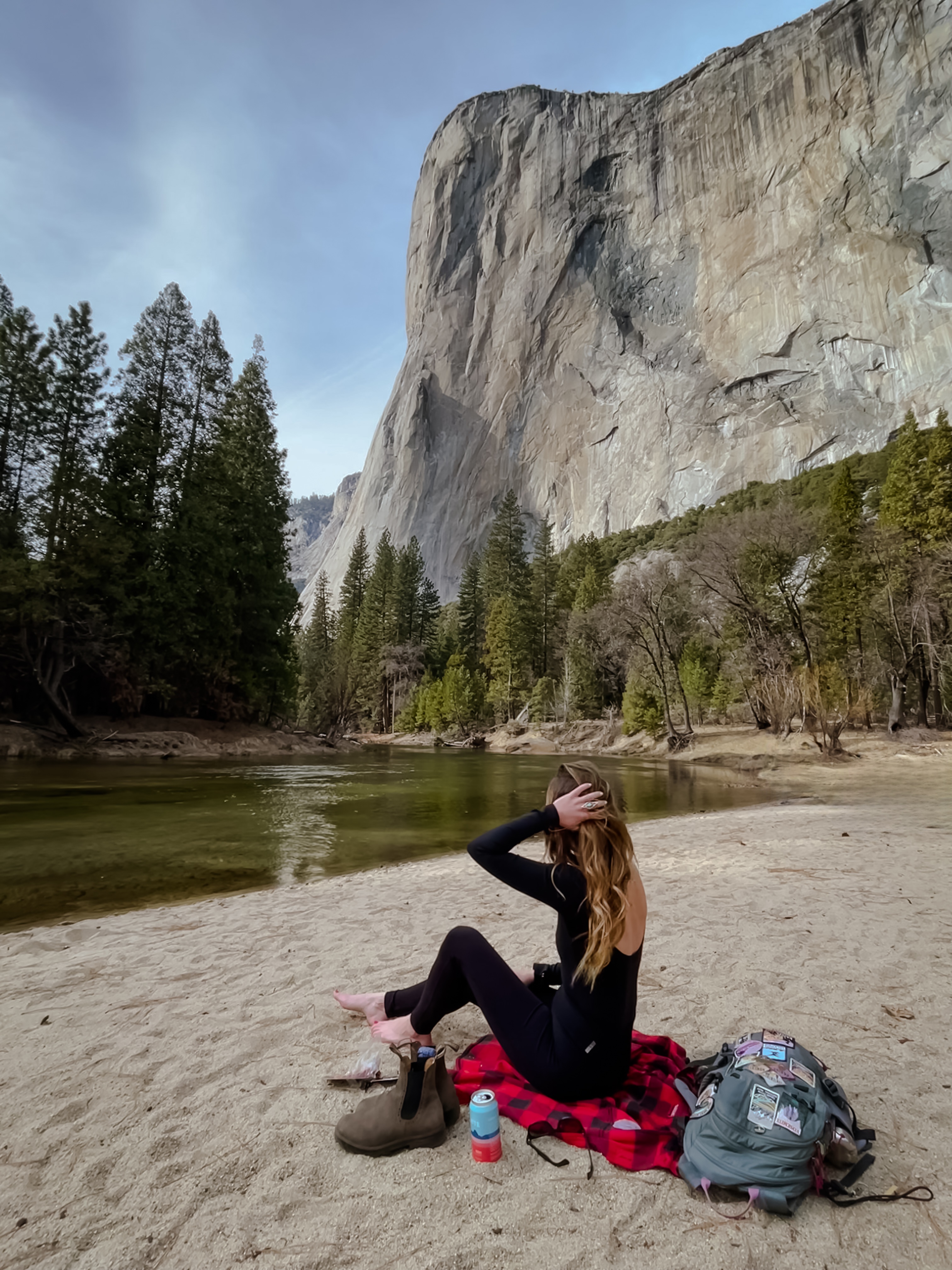
What to do:
There are nearly endless things to do in Yosemite, and they will take your breath away. May is still a bit hit or miss with the weather, so I wouldn’t plan on hitting any of the swimming holes just yet, but the lack of reservations needed midweek and still slightly lower crowds and hotel rates should make up for it. Watch the sunset at Tunnel View, grab a beer in the valley, hike Bridalvail Falls, Mist Trail, and Mirror Lake Loop, visit the massive ancient Sequoias in one of the three groves in the park, and head to Hetch Hetchy to experience a different vibe.
You will need reservations if you visit on weekends or holidays in May.
Where to stay:
There are campgrounds and lodging within Yosemite, but they book quickly and early. If you can’t stay in the park, my go-to for the past several years has been Sierra Sky Ranch in Oakhurst.
JUNE — Acadia — Maine
Average high and low: 71°/49°

What to do:
Acadia is well-known for its striking autumn foliage, but I enjoyed my summer visit even more than in the fall. The long days and warm weather are perfect for hiking, biking, and even beaching. I recommend hiking The Beehive Loop Trail, Jordan Pond (before stopping at Jordan Pond House for popovers and maybe Prosecco), and Ocean Path Trail. Head to the summit of Cadillac Mountain (with a timed entry reservation), ideally for sunrise or sunset, before heading to the lesser-visited Schoodic Peninsula.
Where to stay:
Bar Harbor offers many lodging options, from camping, glamping, and resorts to – my favorite – bed and breakfasts. Spend a few nights at Under Canvas Acadia or The Elmhurst Inn, within walking distance to everything in town.
JULY — Grand Teton — Wyoming
Average high and low: 77°/41°
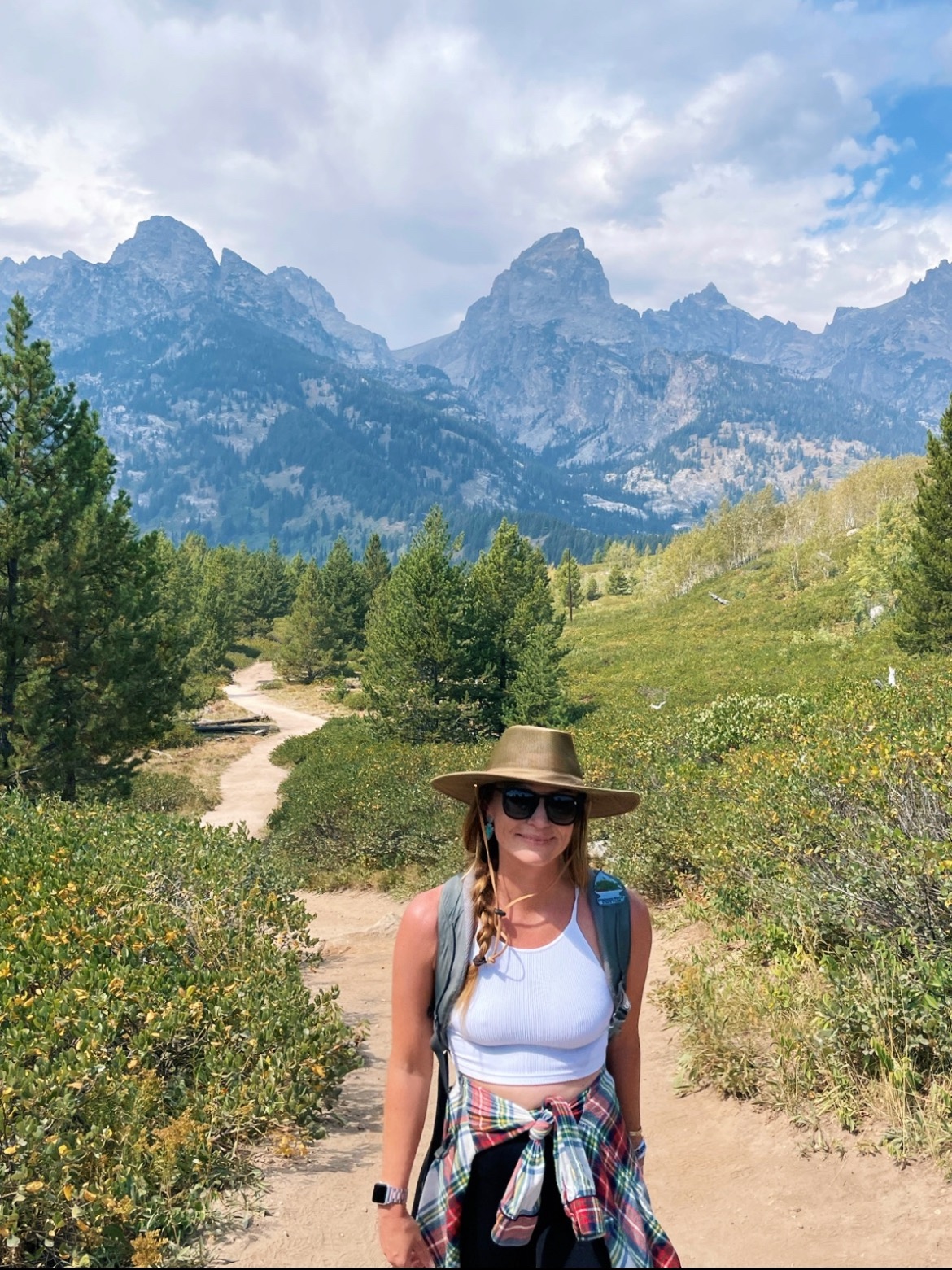
What to do:
Anytime I have the chance to visit Grand Teton National Park, you better believe I am there – but after a dozen visits, I still have to recommend July, despite the crowds, as the best month in the park. The weather and daylight are perfect for long hikes, dipping into some alpine lakes, and still having some time to throw back a drink in downtown Jackson.
I recommend getting out on the water either kayaking on Jackson Lake or a Jenny Lake Boat Tour before hiking Cascade Canyon or String Lake Loop. Dip into Jackson or String Lakes if you dare, and head to Jackson Lake Lodge for a drink and a snack with a view.
Where to stay:
I love camping in the park at Colter Bay Campground or in Jackson at Mountain Modern or The Cloudveil for something more upscale. If you want a quieter vibe, head over the pass to the Teton Valley in Idaho for some unique short-term rentals – I love Maison Tetonia and Teton View Cabin.
AUGUST — Glacier — Montana
Average high and low: 82°/47°
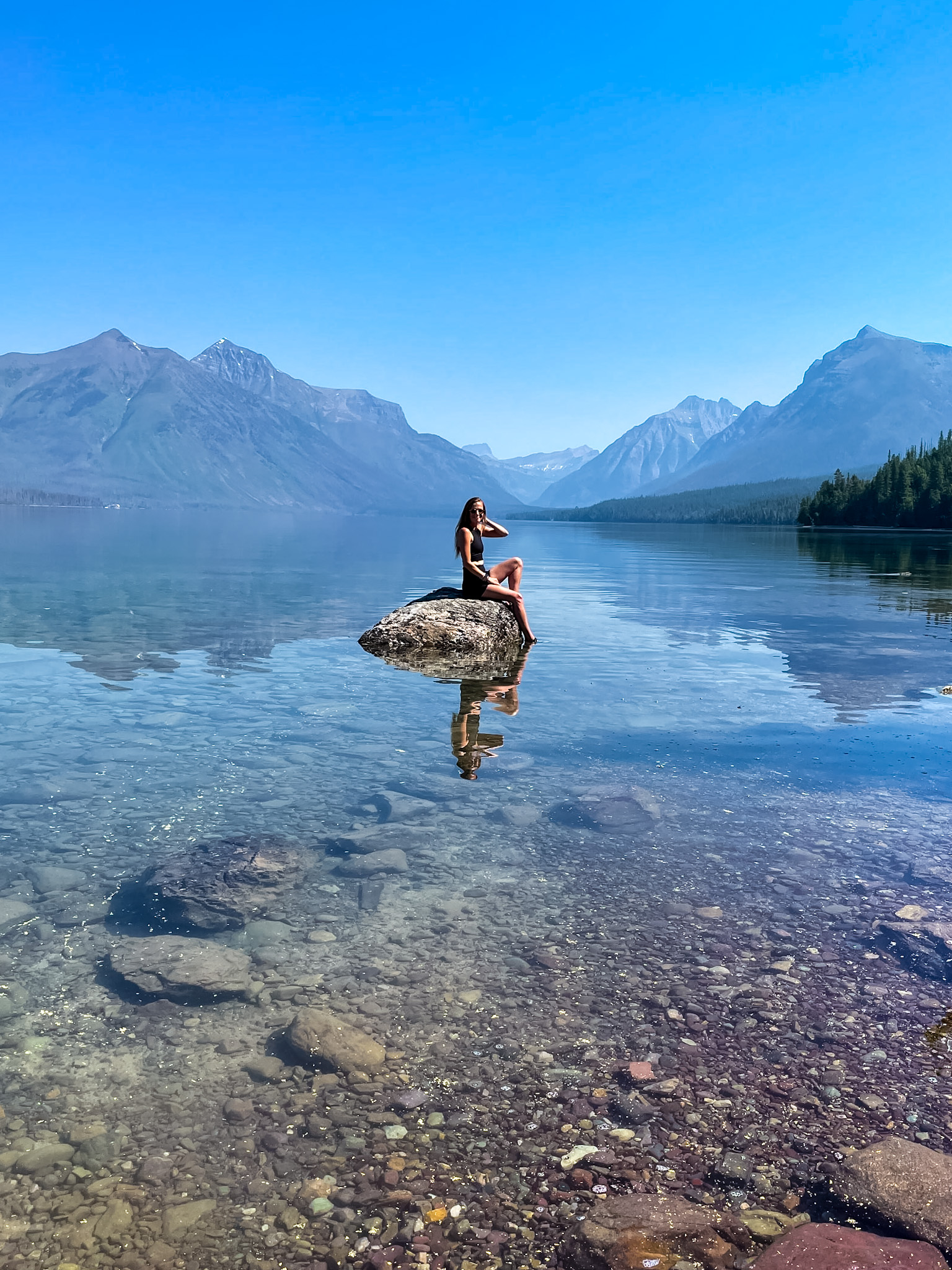
What to do:
Glacier is likely the most jaw-droppingly beautiful of all the US National Parks, and simply just driving Going To The Sun Road through the park has brought me to tears many times. You really can’t go wrong at this park, especially in August. The days are long, and the weather is about as good as it will get, so take advantage by hiking the Highline Trail, Hidden Lake, and Avalanche Lake before dipping into Lake McDonald and heading to Many Glacier, Two Medicine, or North Fork.
Where to stay:
If you can’t secure a campground or room in a lodge within the park, I recommend staying in St. Mary’s for a more chill vibe and access to the park via Going To The Sun Road without a reservation. If you enter from the other, more popular West Glacier, you will need a reservation for each day. I loved staying in a cabin this summer at the St. Mary KOA.
SEPTEMBER — New River Gorge — West Virginia
Average high and low: 74°/55°
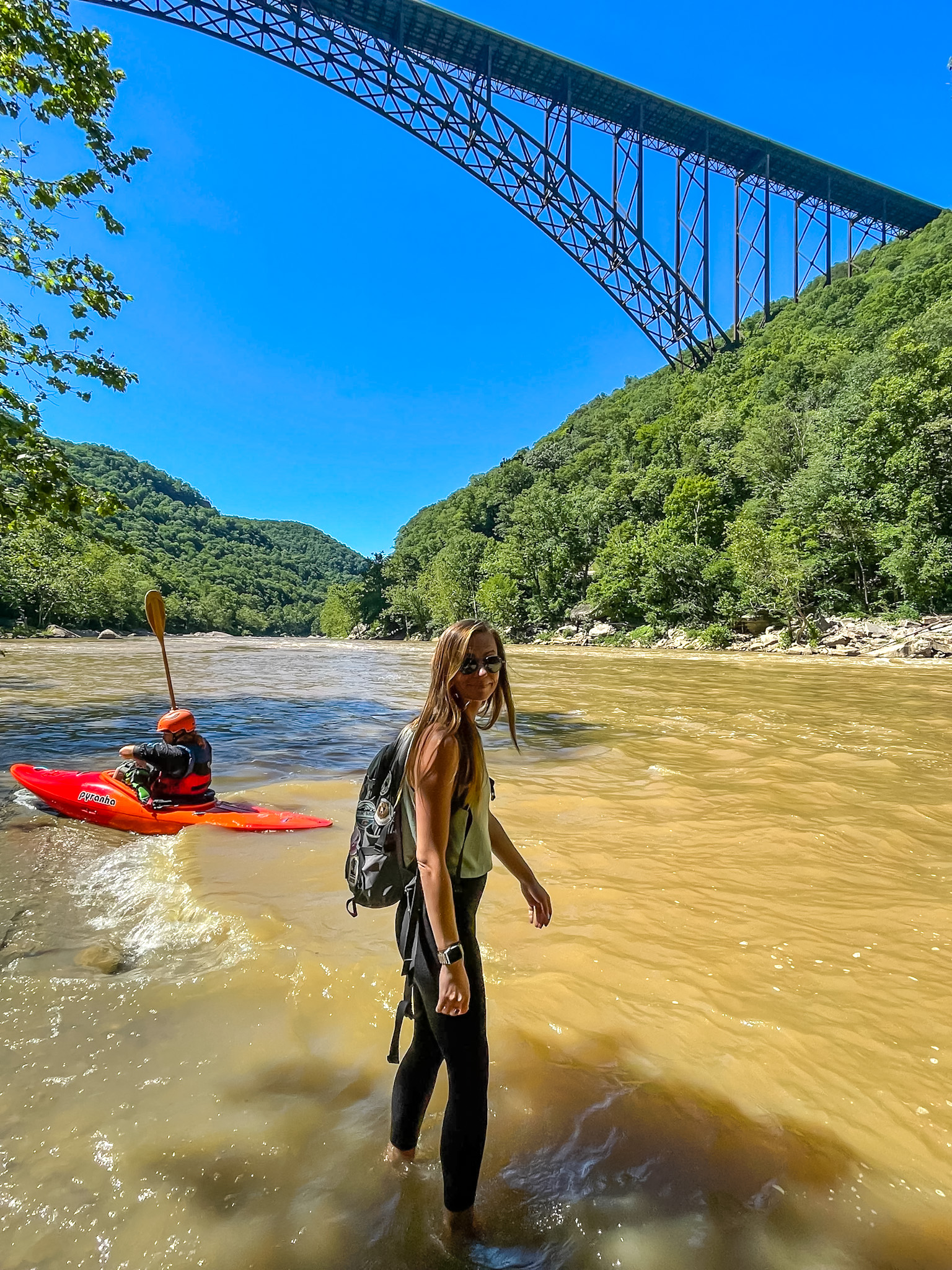
What to do:
I always sing the praises of New River Gorge, the United States’ newest designated “National Park.” The West Virginia paradise is still flying somewhat under the radar despite being within a day’s drive for 60% of the country’s population. September is an ideal time to visit for great weather and the nearby Gauley Season, where world-class white water rafting occurs during dam releases on the Gauley River.
Be sure to hike Long Point Trail and Endless Wall before driving Fayette Station Road to the bottom of the gorge and maybe even walking the catwalk under the New River Gorge Bridge.
Where to stay:
I loved staying at River Expeditions during my last visit, but if you want something more unique, there is a private island just outside the park at the confluence of the New and Greenbrier Rivers with a cabin to rent.
OCTOBER — Joshua Tree — California
Average high and low: 81°/52°
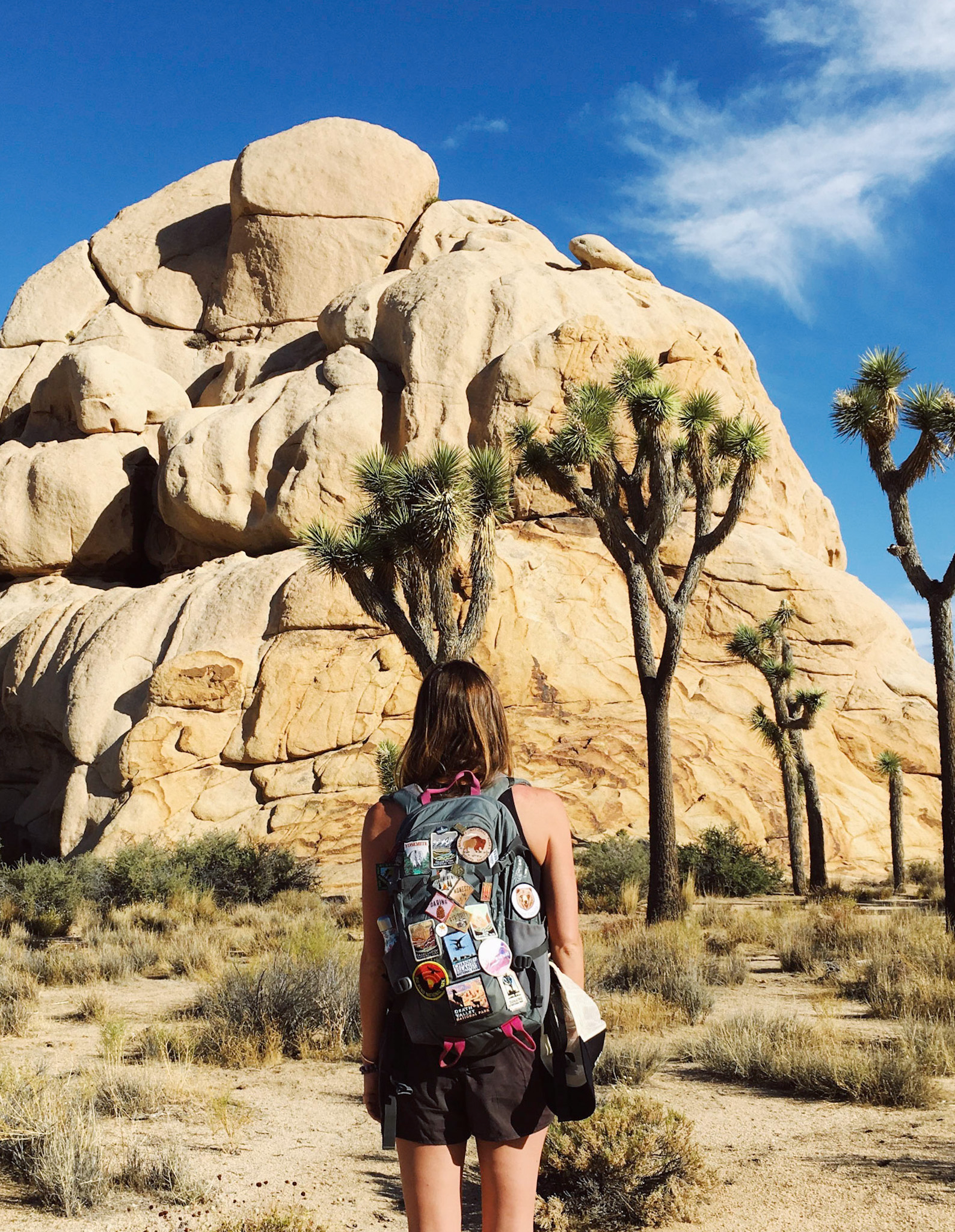
What to do:
Joshua Tree is the very definition of otherworldly. From the iconic Joshua Trees to the Cholla Cactus Garden, spending time at this park feels like stepping into another planet. Be sure to visit at sunrise or sunset for spectacular views, hike Ryan Mountain, Hidden Valley, and Arch Rock before a guided rock climbing or spelunking excursion.
Where to stay:
Joshua Tree is surrounded by a huge boom of short-term rental properties, from eclectic glamping sites to modern and luxe. If you want a different vibe, head up to Idyllwild at 5,413 ft above sea level for a mountainous experience at The Grand Idyllwild Lodge after your desert adventure.
NOVEMBER — Death Valley — California
Average high and low: 77°/48°
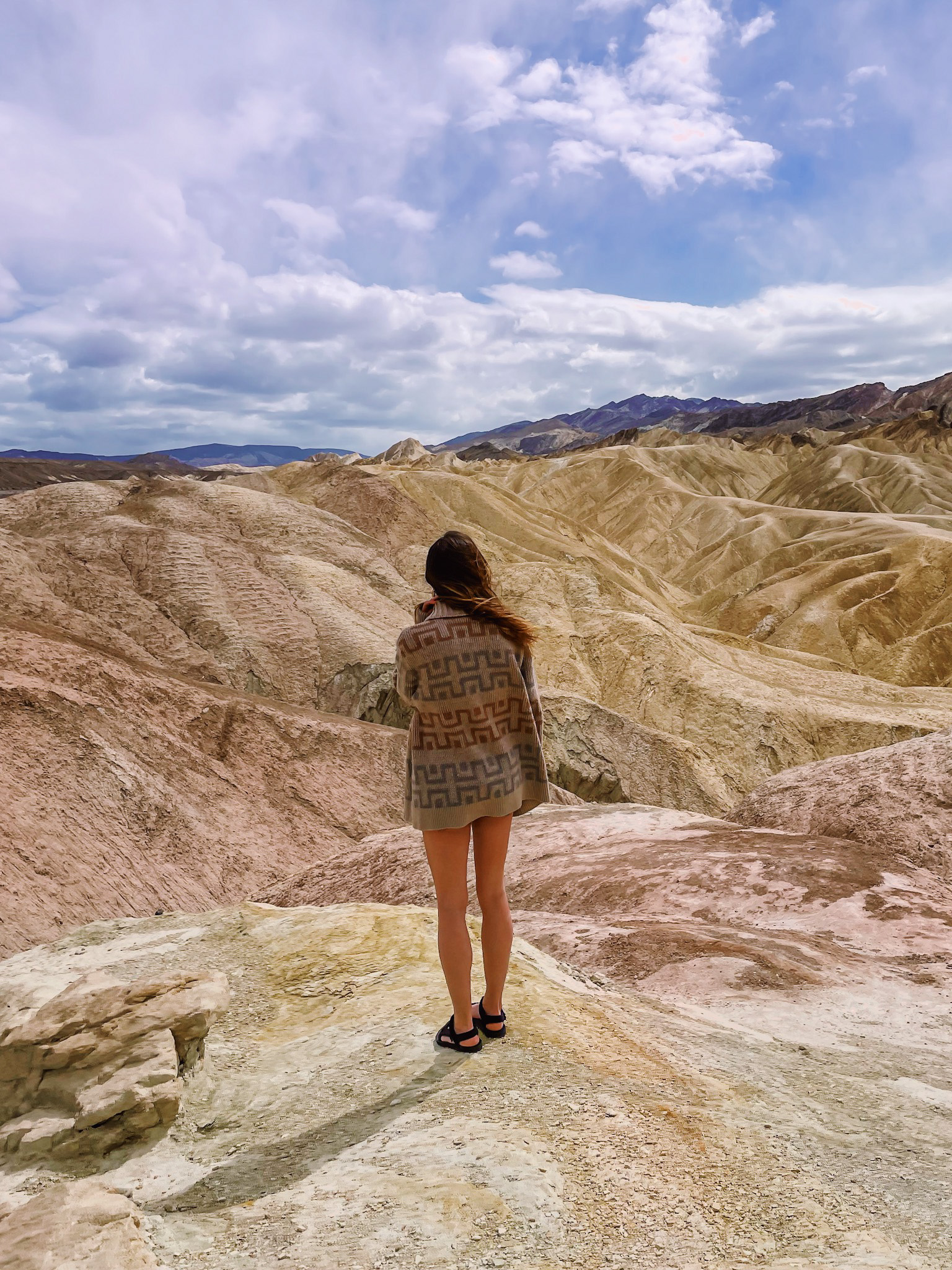
What to do:
Death Valley is huge, like 140 miles long and 3.4 million acres huge – so you won’t run out of things to do here. You’ll have plenty to admire even if you only stay in the well-trafficked “touristy” parts of the park. I always recommend visiting Mesquite Flat Sand Dunes, driving Artists Drive to Artists Pallete, and, of course, visiting Badwater Basin – the salt flat home to the lowest point in North America.
Where to stay:
There are four open and developed campgrounds in the park, along with primitive sites. On my next visit, I’d love to stay at historic The Oasis at Death Valley, a resort surrounded by the park that has recently undergone a major renovation.
DECEMBER — Dry Tortugas — Florida
Average high and low: 76°/67°
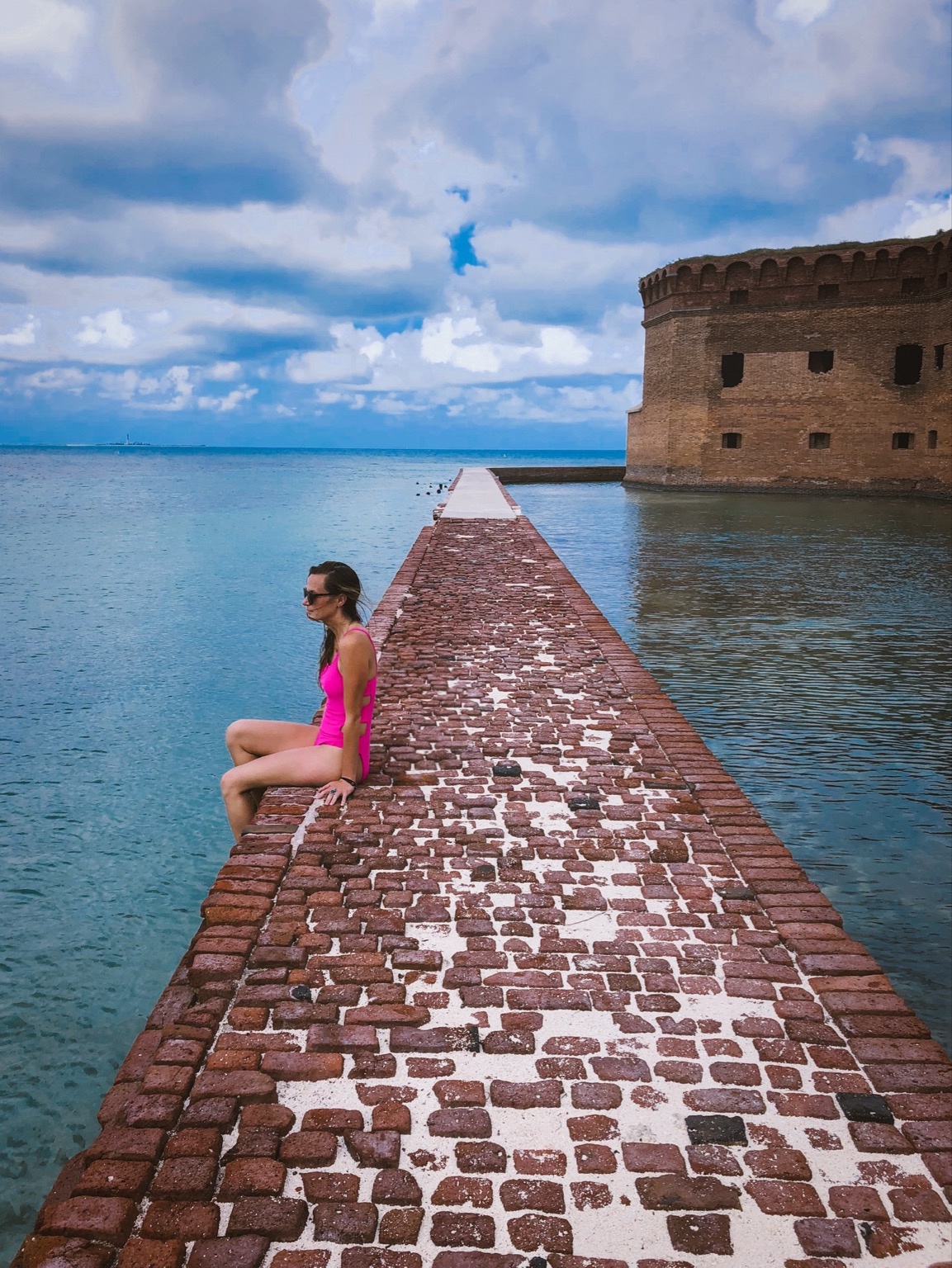
What to do:
Around 70 miles off the coast of Key West lies the tropical paradise of Dry Tortugas. Take a ferry or seaplane to the park and spend time learning and exploring Fort Jefferson – the largest brick masonry structure in the United States – either on your own or with a ranger-led tour before heading to the beach to snorkel in the clear blue water.
Where to stay:
Camping is available in the park, but if you don’t have the necessary gear, I’d recommend staying in Key West – I love Parrot Key Hotels & Villas.







